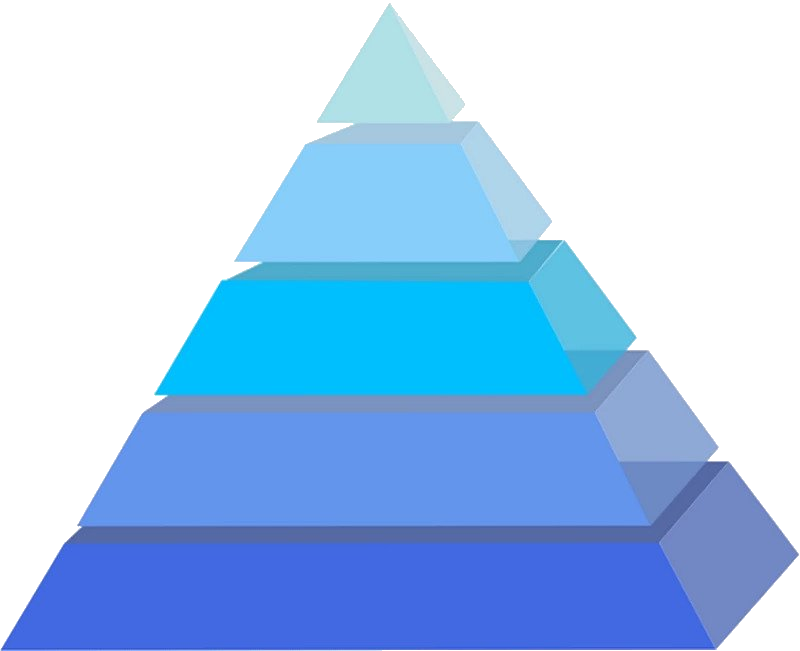Why is there even a general "1-A" section in the first place? The description given to it doesn't truly apply any earlier than
High 1-A, as DontTalk said up there, not to mention that it makes the
1-A tiers somehow seem special or different, which is an idea we were supposed to have moved past by now.
The "stand outside of any extensions of infinite hierarchies and sizes" as general description of 1-A just seems wrong. That applies, at the earliest, for High 1-A, although I would rather not see it there either. "Any extension" is just is either way too vague or straight up hyperbole.
I mean, the idea is that no amount of successor operations or power sets of infinite cardinals can reach even the smallest inaccessible cardinal, which is the baseline for
High 1-A. That's why it's known as an
inaccessible cardinal. But I am open to suggestions to refine the words used.
This should probably say mathematical framework, as logic in itself doesn't cover it.
Logic and mathematics do sort of go hand-in-hand, but our tiering system is supposed to be a mathematical one, so sure.
"can allow" is also in so far wrong as that ZFC allows for those levels even if you can't show the existence of such cardinals. I think ZFC is the framework we are talking here, right? Instead, we should say "can prove to exist" or something of that nature, as that's more precise.
We do base our system on ZFC, yes, but I don't really care one way or the other. Both wordings are equally valid in my eyes: in a general sense, if a formal system can't prove that something exists, then that thing is just not accounted for and effectively does not exist, even if its nonexistence is similarly unprovable. I think the assumption in this case is that inaccessible cardinals basically exceed the purview of the default model of ZFC, and so in order to work with them, you have to construct a "bigger" model which can accommodate them.

 vsbattles.fandom.com
vsbattles.fandom.com
